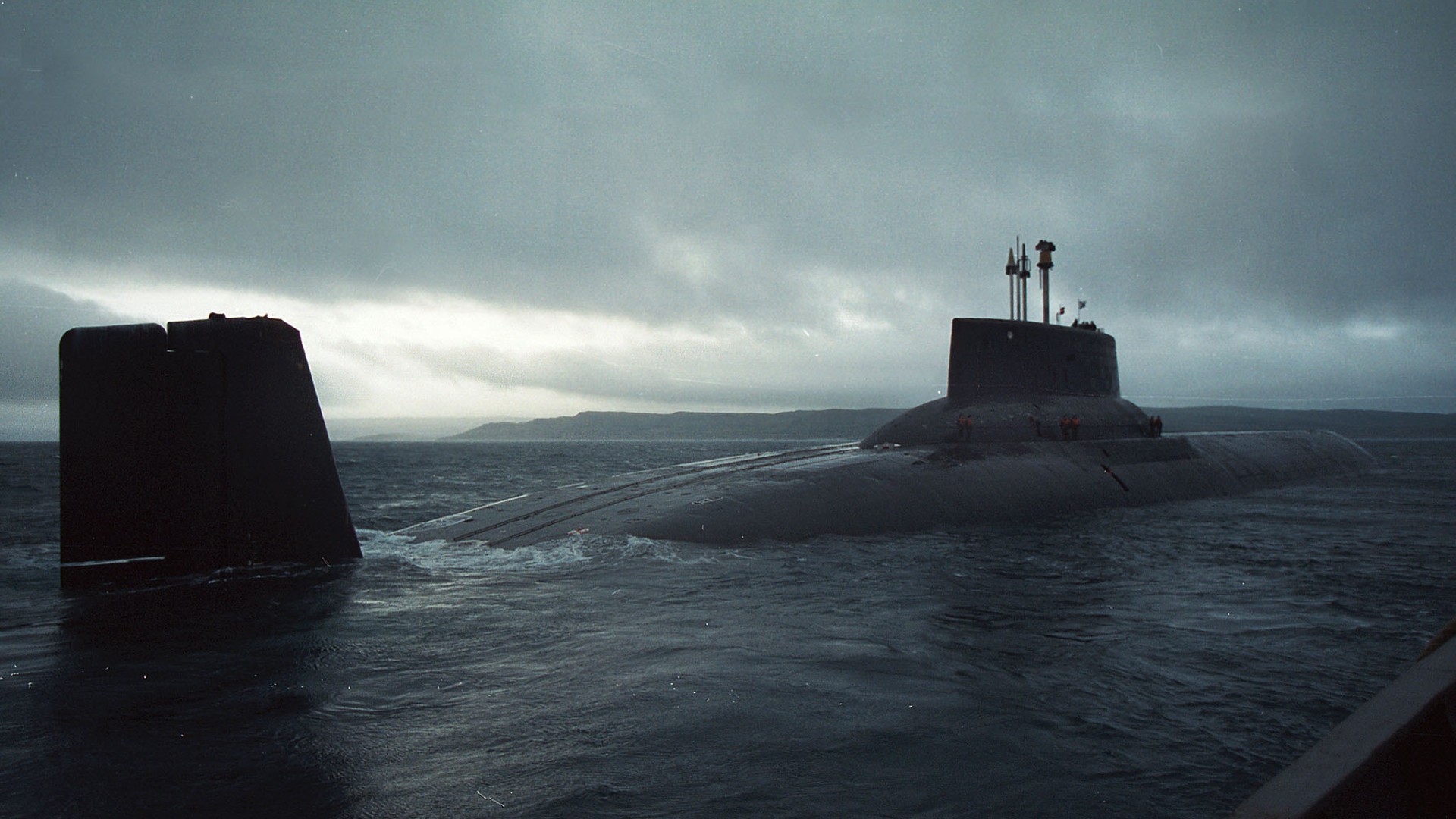Neutrinos, light subatomic particles emitted by the reactors that power nuclear submarines, might disclose the modification or removal of nuclear material for malicious reasons, according to new research by scientists. Importantly, this monitoring might be performed remotely when a submarine is docked and its reactor is shut down.
International inspectors keep an eye on the proliferation of various nuclear technologies across the globe to ensure that non-nuclear states don’t acquire nuclear weapons. Nuclear submarines are especially concerning. Several of them run on highly enriched uranium, a potent fuel that may be easily weaponized. Submarines are, however, exempt from surveillance due to a loophole. Nuclear submarines, unlike nuclear power reactors, are utilized for covert military objectives; hence, physical inspections might compromise a country’s national security.
Nuclear physicist Igor Jovanovic of the University of Michigan in Ann Arbor, who was not involved in the study, explains, “Neutrino-based approaches may significantly minimize the intrusiveness by allowing measurements to be taken remotely, without physically accessing the vessel.”
These particles, notably their antimatter cousin, antineutrinos, pour out of nuclear reactors in vast quantities. The particles interact weakly with other matter, enabling them to pass through solid matter, such as the hull of a submarine. According to neutrino scientists Patrick Huber and Bernadette Cogswell of the Center for Neutrino Physics at Virginia Tech in Blacksburg, a neutrino detector placed near a submarine might tell what is happening within. Scientists have previously proposed utilizing neutrinos to detect other nuclear transgressions, such as nuclear weapons testing.
However, it is difficult to monitor frequently-moving submarines using fixed devices. When the warships dock, their nuclear reactors may be deactivated. So, the researchers devised a solution: they would examine neutrinos created by the decays of various chemical elements, or isotopes, that remain after the shutdown of a nuclear reactor. A detector situated in the water around 5 meters under the reactor of the submarine may monitor neutrinos generated by the disintegration of certain isotopes of cerium and ruthenium. These readings would tell if nuclear material was removed or substituted.
Ferenc Dalnoki-Veress, a physicist at the Middlebury Institute of International Studies in Monterey, California, deems this approach for monitoring a deactivated reactor “quite brilliant.” To agree to detectors in underwater ports, however, would still need the support of each nation. “This would be so much better if it didn’t involve collaboration,” says Stanford University physicist Giorgio Gratta.
In the foreseeable future, submarine surveillance may become increasingly essential. To date, all nations with nuclear submarines had nuclear weapons; hence, the question was hypothetical. However, this will soon change. The United Nations and the United Kingdom, two nuclear weapons states, stated in September 2017 that they will engage into a cooperative security arrangement with Australia and assist the country, a non-nuclear weapons state, with acquiring nuclear submarines.
It is unlikely that Australia would employ these submarines to conceal a nuclear weapons development. However, “you must still be concerned about the precedent it creates,” Cogswell argues. Consequently, she asserts that monitoring nuclear submarines is now crucial. The issue was how on earth to do it.


